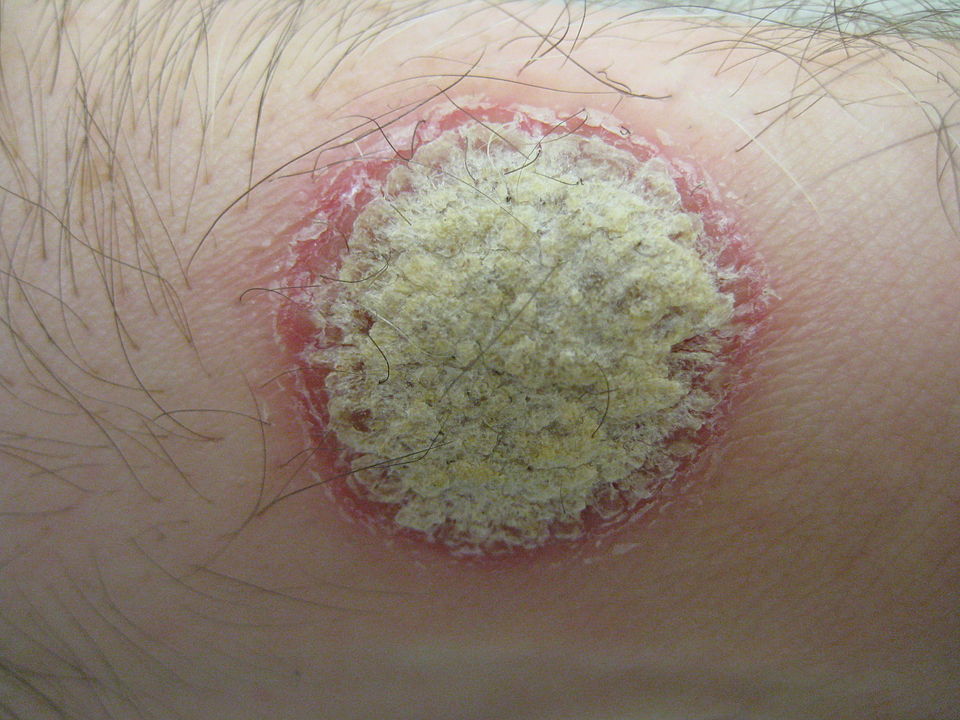Patients Could Control their Personal Health Information with NFTs

In a new publication in the journal Science, researchers propose that NFTs, or nonfungible tokens, could help patients assert better control over their personal health information.
NFTs, or nonfungible tokens, created using blockchain technology, have been a big sensation in the art world as they serve as a platform to buy and sell digital art backed by a digital contract. Now, an international multidisciplinary team of scholars in ethics, law and informatics led by bioethicists have written one of the first commentaries on how this new emerging technology could be repurposed for the healthcare industry. NFT digital contracts could provide an opportunity for patients to specify who can access their personal health information and to track how it is shared.
“Our personal health information is completely outside of our control in terms of what happens to it once it is digitised into an electronic health record and how it gets commercialised and exchanged from there,” said Dr Kristin Kostick-Quenet, first author of the paper. “NFTs could be used to democratise health data and help individuals regain control and participate more in decisions about who can see and use their health information.”
“In the era of big data, health information is its own currency; it has become commodified and profitable,” said Dr Amy McGuire, senior author of the paper and Leon Jaworski Professor of Biomedical Ethics and director of the Center for Medical Ethics and Health Policy at Baylor. “Using NFTs for health data is the perfect storm between a huge market place that’s evolving and the popularity of cryptocurrency, but there are also many ethical, legal and social implications to consider.”
Presently, NFTs are still vulnerable to data security flaws, privacy issues, and disputes over intellectual property rights, the researchers noted. The complexity of NFTs may also prevent the average person from properly making use of them. The researchers believe it is important to consider potential benefits and challenges as NFTs emerge as a potential avenue to transform the world of health data.
Source: Baylor College of Medicine


